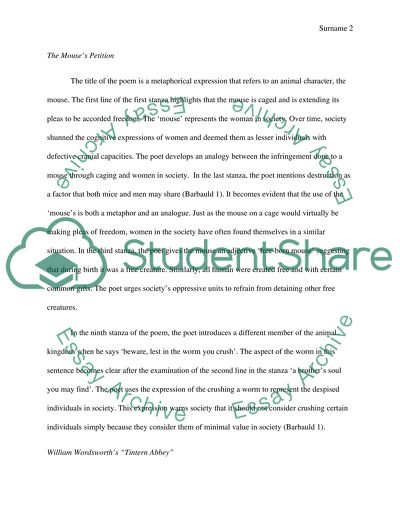Cite this document
(“Representations of Nature or the Nonhuman Animal World in Poetry Essay”, n.d.)
Retrieved from https://studentshare.org/english/1470166-representations-of-nature-or-the-nonhuman-animal-world-in-poetry
Retrieved from https://studentshare.org/english/1470166-representations-of-nature-or-the-nonhuman-animal-world-in-poetry
(Representations of Nature or the Nonhuman Animal World in Poetry Essay)
https://studentshare.org/english/1470166-representations-of-nature-or-the-nonhuman-animal-world-in-poetry.
https://studentshare.org/english/1470166-representations-of-nature-or-the-nonhuman-animal-world-in-poetry.
“Representations of Nature or the Nonhuman Animal World in Poetry Essay”, n.d. https://studentshare.org/english/1470166-representations-of-nature-or-the-nonhuman-animal-world-in-poetry.


